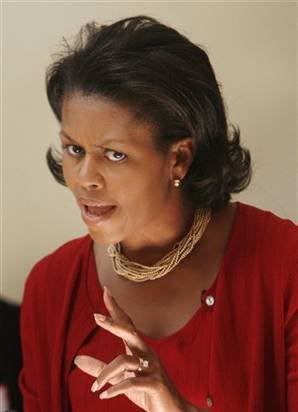Our goal is to perform a safe and active environment on this blog where people can participate in dialoge about gender and fashion. We want to expose gender polarization, socialization, and construction. Every individual performs gender different ways based upon their socialization and influences. This issue includes ideas about race, ethnicity, religion, location and more.
We hope to educate and move you from questioning yourself to sharing questions and dialogue with others. Our focus is on fashion and style and how it is associated with gender association. A goal is to get you thinking about the way you dress, do your hair, walk, and talk. We want to explore how gender is largely interconnected with how you dress yourself in the morning, for school, for work, for everyday life.
There are individuals that do not see how they dress is influenced by the gender; therefore, we plan to bring awareness by talking about gender and clothing in various different aspects. For example, politics, fashion industry, beauty, labels, music cultures. The overall power of clothing.
- Have you ever seen a man wearing a skirt? Why can't men wear skirts? How is this linked to masculinity?
- What do you think of women who wear power suits?
- What do you think when you are getting dressed?
- Why do you dress the way you do?
- What makes girls want to wear pink or things that are sparkly? Why are genders associated with color?
- Is it because they are pressured by their peers, the media, want to impress the opposite sex?
- Why do boys wear jerseys or baggy pants? Why can't women dress masculine?
- What is feminine and masculine?
- What makes people think that is what their gender is supposed to look like?











